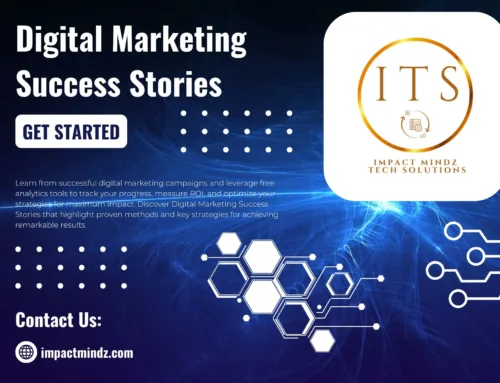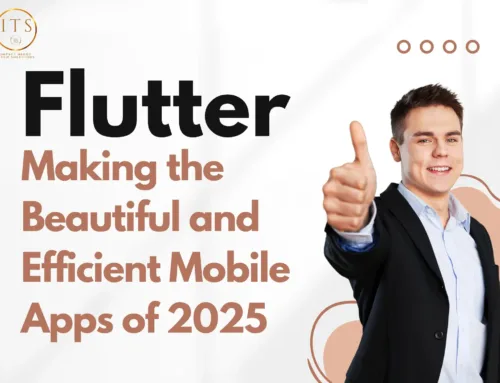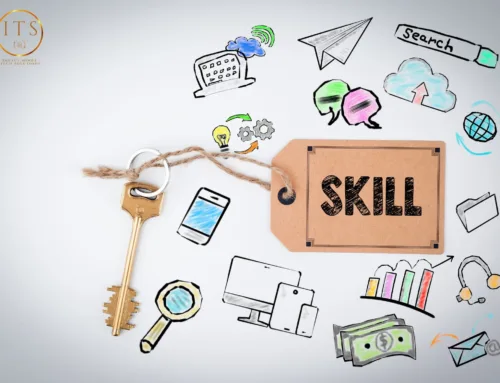Imagine walking into a store overflowing with products, but with no clear layout, confusing signage, and unhelpful staff. Frustrated, you leave empty-handed, vowing never to return. This, unfortunately, is the digital equivalent of a poorly designed e-commerce website. UX Design is the Secret Weapon to prevent this scenario, ensuring customers have a seamless, engaging, and satisfying experience that keeps them coming back.
The Power of User Experience (UX) Design
In today’s competitive online landscape, a user-friendly experience is no longer a “nice to have” – it’s a necessity. Here’s why:
Customers crave ease: Think about your own online shopping habits. Do you gravitate towards websites that are intuitive, easy to navigate, and allow you to find what you need quickly? Absolutely. This is the power of UX design – creating a seamless journey that keeps customers engaged and satisfied.
Increased conversions: A well-designed website isn’t just about aesthetics; it’s about guiding users towards a specific action – whether it’s adding items to their cart, completing a purchase, or signing up for your email list. Effective UX design removes friction from the buying process, ultimately leading to more conversions and increased revenue.
Brand loyalty & advocacy: A positive user experience fosters a sense of trust and connection with your brand. When customers find it easy to interact with your website, they’re more likely to become repeat buyers and even recommend you to others.
Demystifying the UX Design Process
UX design is an iterative process that goes beyond just making things look pretty. It’s about understanding your target audience, their needs, and pain points. Here’s a glimpse into the magic behind UX design:
1. Understanding Your Users:
User research: This involves conducting surveys, user interviews, and A/B testing to gather valuable data about your target audience. What are their buying habits? What challenges are they aiming to overcome with your products? The more you know about your users, the better you can tailor your website design to their needs.
2. Information Architecture & User Flows:
Site structure: Much like a well-organized store, your website requires a clear and logical layout. UX Design is the Secret Weapon for effective information architecture, ensuring your content is structured in a way that’s easy to navigate and understand. User flows chart the typical journey users take on your site, helping identify potential obstacles and optimize the path to conversion.
3. Wireframes & Prototyping:
Low-fidelity wireframes: Think of these as digital blueprints of your website. They focus on functionality and user flow, laying out the basic structure of your pages before diving into the visuals.
Prototyping: Once the wireframes are approved, the next step is to create interactive prototypes that allow users to test-drive the website functionality. This crucial stage helps to identify any usability issues and refine the design before final development.
4. Visual Design & User Interface (UI):
Crafting a compelling aesthetic: Here’s where visual appeal comes into play. UX designers collaborate with UI designers to create a visually engaging website that reflects your brand identity while remaining user-friendly.
Accessibility: A key aspect of UX design is ensuring your website is accessible to everyone, including those with disabilities. This involves using proper color contrast, keyboard navigation, and clear labeling for all elements.
5. Testing & Refinement:
User testing: This ongoing process involves putting your website in front of real users to gather feedback on its usability. Their insights help further refine the design, ensuring it meets the needs of your target audience.
The Secret Sauce: Integrating UX Design into Your E-commerce Strategy
So, you’re convinced of the importance of UX design. Now, how do you seamlessly integrate it into your overall e-commerce strategy? Here are some key considerations:
Alignment with marketing goals: UX design isn’t an isolated entity. It should be strategically aligned with your marketing goals. Whether it’s increasing brand awareness, driving traffic, or generating leads, UX plays a crucial role in achieving these objectives.
Content as a UX tool: Content isn’t just about SEO or blog posts. Website copy, product descriptions, and even call to action (CTA) buttons all play a part in the user experience. UX designers work closely with content creators to ensure information is clear, concise, and guides users towards the desired action.
Data-driven optimization: The beauty of UX lies in its ability to be measured and constantly improved. Analytics tools and user testing provide valuable data that can be used to identify areas for improvement and optimize your website for better conversions.
The Impact of UX Design Beyond E-commerce
While e-commerce is a prime example of UX design’s power, its influence extends far beyond online shopping. Here are a few industries where UX design is making a significant impact:
Healthcare: UX designers are revolutionizing the healthcare industry by creating user-friendly patient portals, intuitive medical devices, and clear and concise health information apps.
Finance: From online banking platforms to mobile payment apps, UX design is making financial transactions more efficient and secure.
Education: Educational institutions are leveraging UX design to create engaging and interactive learning experiences, both online and in the classroom.
Software & Technology: UX design is at the core of every successful software application, ensuring user satisfaction and productivity.
The Future of UX Design: Emerging Trends
The world of UX design is constantly evolving. Here are some new trends to keep an eye on:
Voice and AI-powered UX: As voice assistants like Siri and Alexa become more prevalent, UX designers are focusing on creating seamless voice-based interactions.
Augmented Reality (AR) and Virtual Reality (VR): These immersive technologies are opening up new possibilities for UX design, offering unique and engaging experiences.
Personalization: Tailoring user experiences to individual preferences is becoming increasingly important, and UX designers are at the forefront of this trend.
Ethical UX: As technology advances, it’s crucial to consider the ethical implications of UX design. This includes ensuring accessibility, privacy, and responsible AI.
Conclusion
UX design is the hidden factor that shapes our digital experiences. By prioritizing user needs and creating intuitive and visually appealing interfaces, UX designers can drive business growth, enhance customer satisfaction, and build lasting brand loyalty.
Impact Mindz Tech Solutions: Your Partner in UX Excellence
At Impact Mindz Tech Solutions, we recognize that UX Design is the Secret Weapon for creating impactful digital experiences. Our team of experienced designers is dedicated to delivering user experiences that truly resonate with your audience. From conducting in-depth user research to crafting pixel-perfect designs, we’ll collaborate closely with you to bring your vision to life.
Ready to boost your digital presence?
Contact us today to learn more about our UX design services and how we can help you achieve your business goals.






